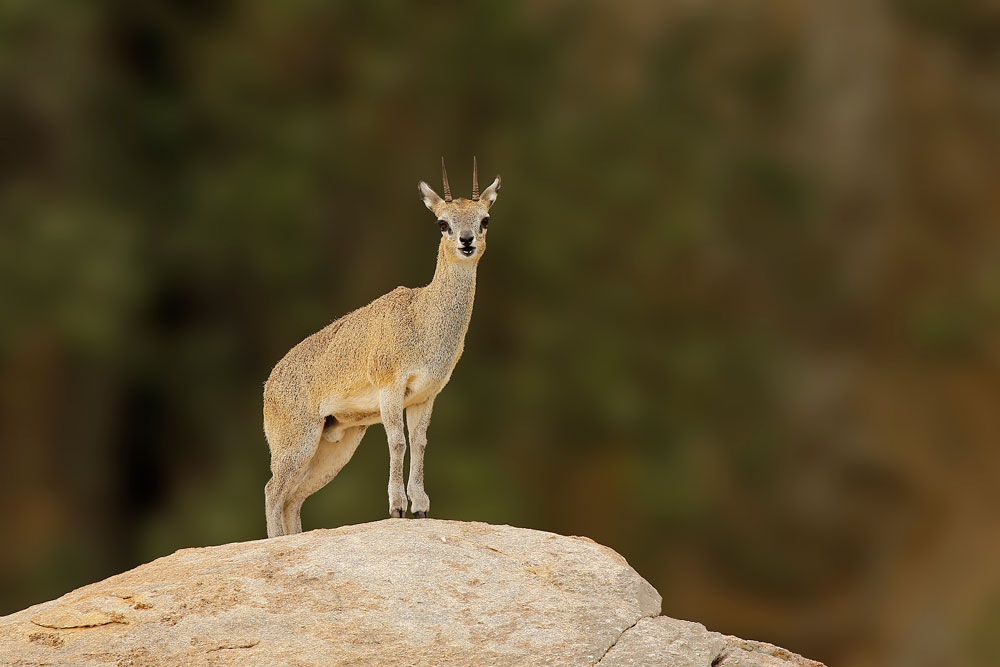(Tiny Ten & More)
Africa’s “Tiny Ten” and related pygmy antelopes comprise an enchanting group of small species that test a hunter’s patience and observation skills. This collective includes duikers, grysbok, oribi, steenbok, klipspringer and suni among others. Weighing between 8 and 30 pounds, these miniature antelopes inhabit a wide range of habitats from dense forest to rocky kopjes and grassy plains. Pursuing them is a true small‑game safari, requiring careful stalking and an appreciation for the intricacies of their behaviour.

Each species within this group presents unique challenges. Klipspringers live on rocky outcrops and stand on the tips of their hooves; hunters must approach from below, glassing cliff faces for a glimpse of their stocky frames. Oribi favour grassy plains near water and are typically taken by spot‑and‑stalk—hunters glass from a distance and then crawl into range. Steenbok inhabit semi‑desert, woodlands and grasslands; they rely on camouflage and will crouch until danger is almost upon them, then leap away in a zig‑zag pattern. Cape and Sharpe’s grysbok are largely nocturnal and hunted by walking and stalking at dawn or dusk or by legal spotlight.
While the specifics differ, hunting the Tiny Ten shares common themes: small calibres, low‑powered bullets to preserve skins, and meticulous shot placement. Hunts are usually opportunistic and take place early in the morning or late in the afternoon when these animals are most active. Many species mate year‑round but have birthing peaks at the start of the rainy season. Because these antelopes have limited distributions and are sensitive to habitat loss, sustainable hunting can help protect their environments. Licence revenues support game scouts, and interest in collecting the Tiny Ten encourages outfitters to maintain healthy populations in their concessions.
Klipspringer pairs mate for life and defend small territories on rocky hillsides. Oribi display distinctive white facial and throat markings and never stray far from water. Steenbok dig for roots and bulbs with their front hooves and will shelter in burrows to avoid predators. Grysbok freeze in place when threatened, only bolting at the last moment, which makes patient stalking essential. The diverse habits of these small antelopes are part of what makes hunting them so rewarding.
Duikers/Pygmy Antelope can be found in the following location:
Duikers/Pygmy Antelope has the following variations:
- Klipspringer
- Oribi
- Steenbok
- Cape Grysbok
- Sharpe Grysbok
- Suni
- Royal Antelope
- Bates Pygmy Antelope
- Dik Dik
- Bush Duiker
- Gabon Duiker
- Black Fronted Duiker
- Ogilby Duiker
- Zebra Duiker
- Black Duiker
- Harvey Red Duiker
- Natal Red Duiker
- Red Flanked Duiker
- Maxwell Duiker
- Blue Duiker
- Ader Duiker
- Yellow‑Backed Duiker
- Abbott Duiker
- Jentink Duiker
- Bay Duiker
- Peters Duiker
- Weyns Duiker
Start Your Adventure



